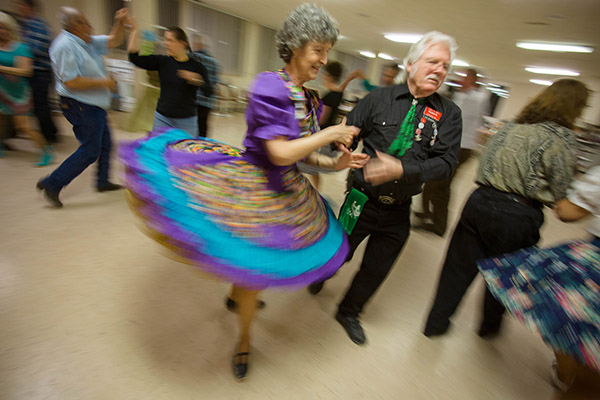SQUARE
What is square dancing?
by David Millstone
Traditional square dances were found in virtually all parts of the United States for several centuries, with many regional variations reflecting the settlement patterns from Europe, and also from influences of Native American and African-American dance traditions.
Today, there is a newer style that goes under different names, including club squares, modern square dance, or Modern Western Square Dance (MWSD).

Modern squares differ from traditional in three key ways:
- Dancers complete a series of lessons from a standardized program before dancing at that level. For Mainstream, the common starting program, this is typically 30-36 weekly lessons. After completing such a course, dancers are ready to attend a dance anywhere that’s billed as Mainstream. Other programs are Plus, Advanced, and Challenge.
- In class, dancers learn a series of named figures. When they form a square for a dance, they don’t know which of those figures will be called; indeed, the caller may change the calls each time through the music. This provides extra challenge and excitement.
- Dancers are organized into clubs, providing a strong social component to the activity.
This style emerged in the years after World War II, spurred in part by callers who attended a series of workshops led by Lloyd Shaw, a dynamic educator in Colorado Springs. Shaw introduced them to traditional western dance figures; he and his wife, Dorothy, also spoke convincingly about the important role that dance played in human lives.

Starting in the late 1940s, modern square dancing became immensely popular, with more than 15 million Americans involved in the activity and connected by new square dance magazines. Over the decades, building on Shaw’s work, other dance leaders adapted those figures and created a systematic way of teaching them. Many more figures were created; the additional programs provided opportunities for dancers seeking such challenges.
Although the number of modern square dancers has declined in recent years, MWSD clubs can be found throughout the US and around the world, thanks to the standardized vocabulary and the universal practice of using English for calls.
If you’re looking to take MWSD lessons or to find a modern square dance event, one helpful starting point is: https://wheresthedance.com/index.php . Click on the Search for events tab at the top of the page. Enter your address, select Class and, at the bottom of the page, check Mainstream, then click on the Search button.
David Millstone is a long-time dance caller, a dance historian, and the creator of the Square Dance History Project.
“A true community is not just about being geographically close to someone or part of the same social web network. It’s about feeling connected and responsible for what happens. Humanity is our ultimate community, and everyone plays a crucial role”
“A true community is not just about being geographically close to someone or part of the same social web network. It’s about feeling connected and responsible for what happens. Humanity is our ultimate community, and everyone plays a crucial role”
— Yahuda Berg
